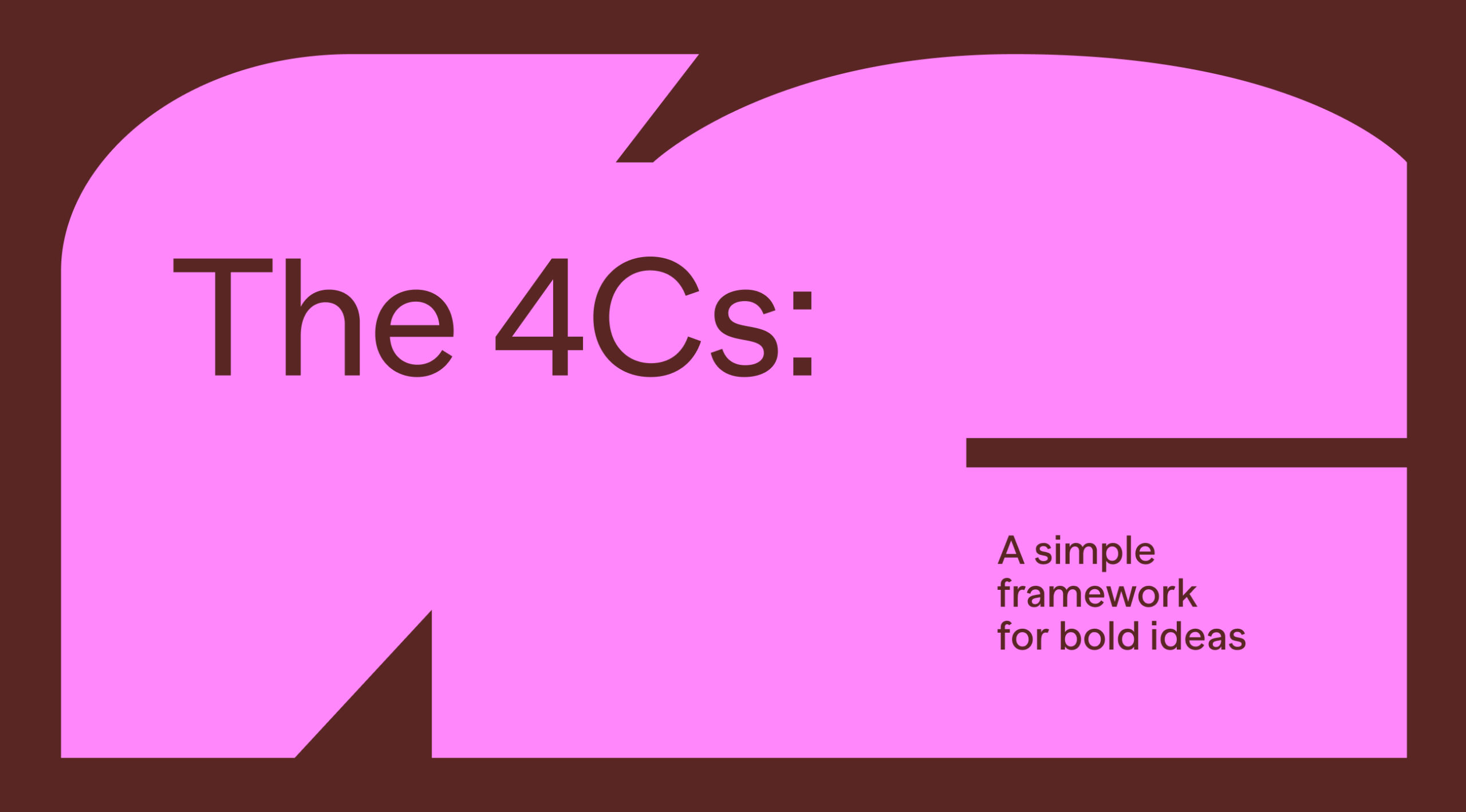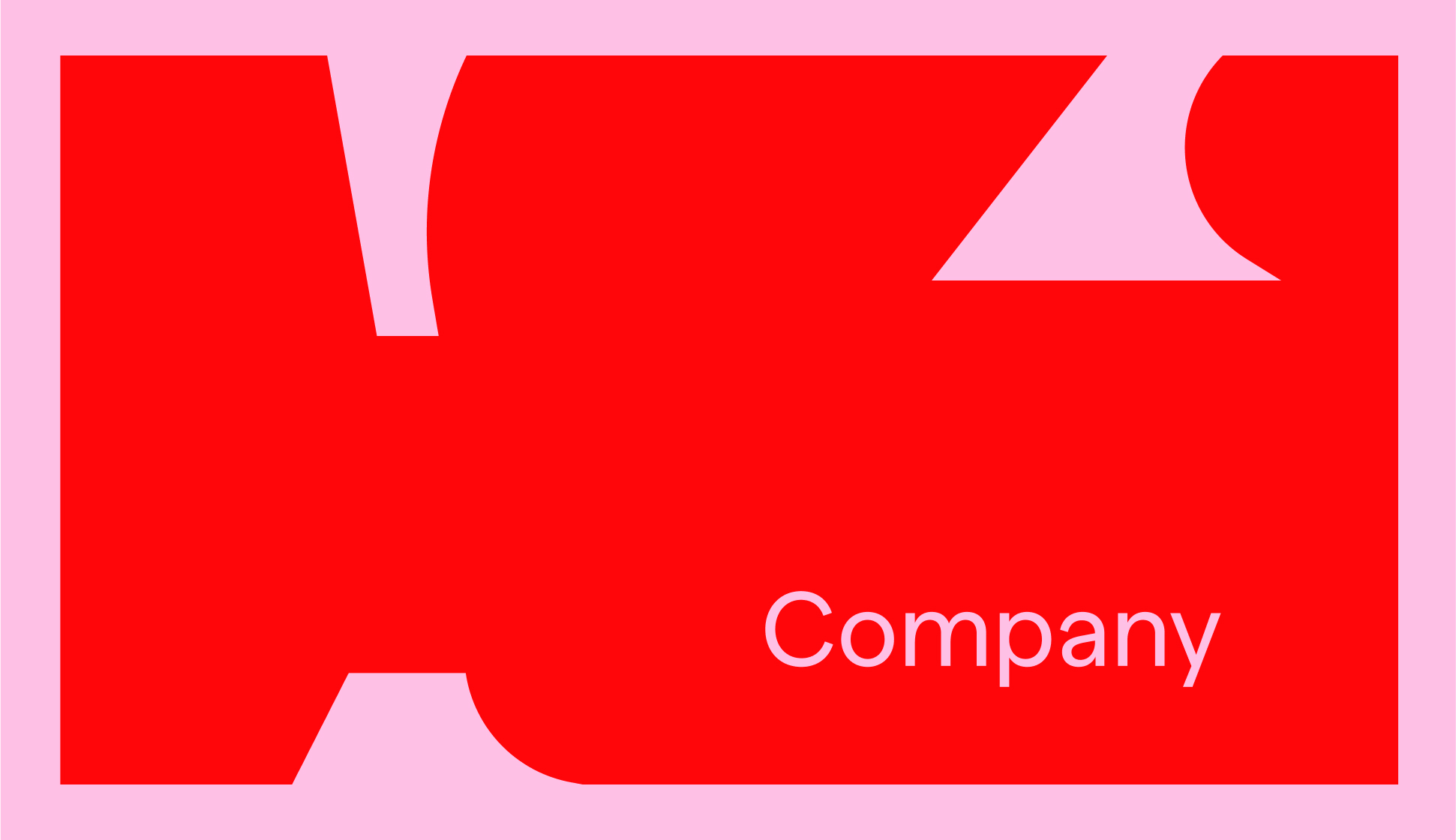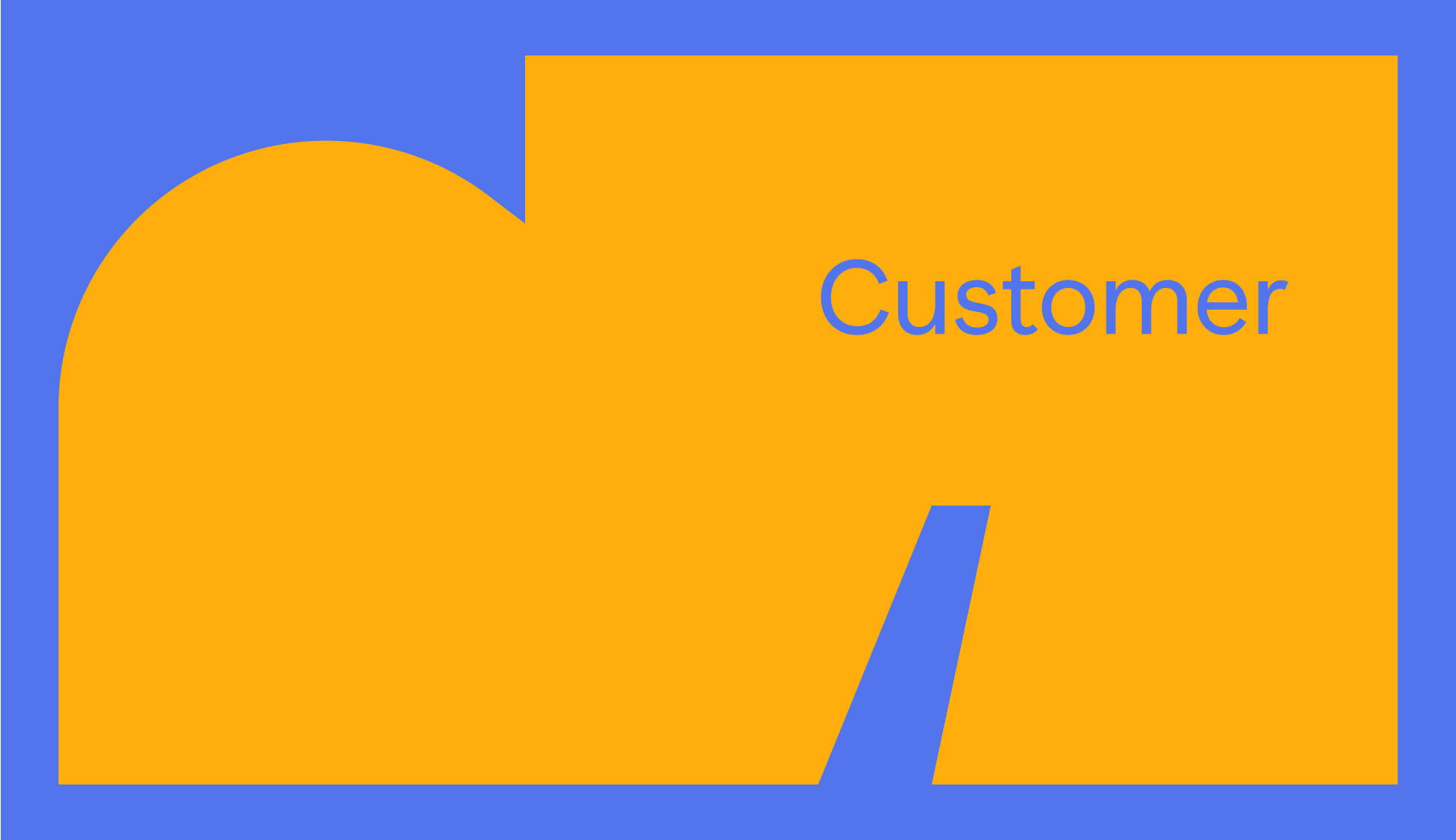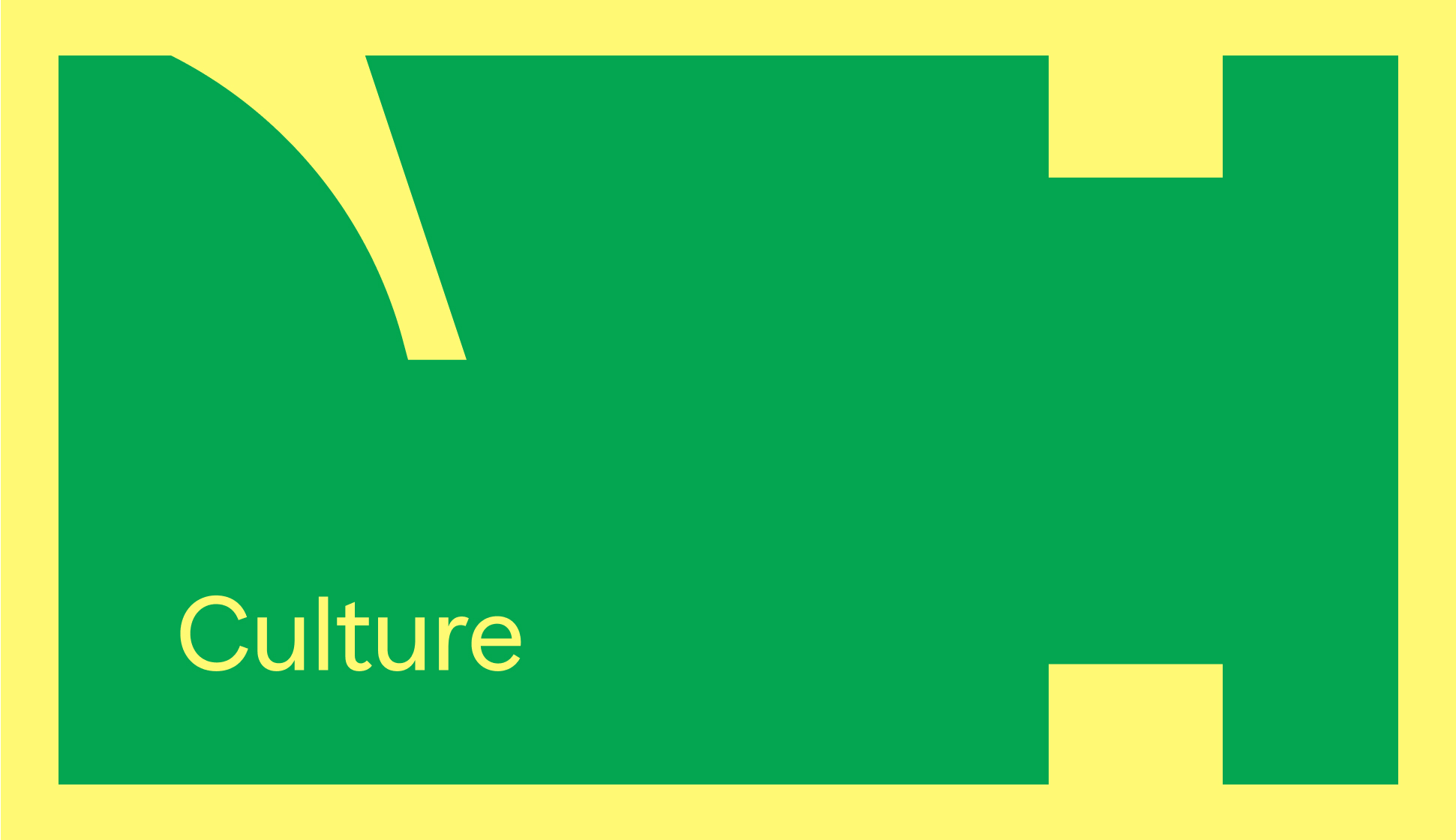
Author: Mishaal Abbasi
January 30, 2025
The 4Cs: A simple framework for bold ideas
Your business is in a relationship with its environment. To know how to innovate, you need to know how it interacts with the world.
The 4Cs is a framework that reveals the full picture of your company. Equal parts magical and malleable, it meets the needs of anyone in pursuit of an idea. By digging into 4 areas of focus, you'll find that the unconventional connections that fuel ideas, strategies, and stories are at your fingertips.
As Brand Strategy Director for CōLab, WestCap’s in-house creative studio, my team gathers tons of information about a company from a variety of different sources and methods. We digest fundamental documents, talk to stakeholders and customers, and do anything that helps round out our understanding of the business. The 4Cs is a widely-adopted industry framework for brand strategists, creatives, and business consultants alike that lets us organize our learnings, find unconventional connections, and create moments of alignment.
They stand for: Company, Category, Customer, and Culture. Think of each as a building block for the story you’re looking to tell. It’s simple, forces you to cover all your bases, and is a starting point for bigger strategic thinking and storytelling.
Here are a few considerations and questions to guide your journey into each C.

Organizations are built by people. It's important to understand why people think the business exists, where it stands, and what their hopes are for it. We start by digging into the essential pieces of your organization, through existing materials and stakeholder interviews:
- Mission
- Values
- Products
- Brand identity
- Origin story
- Leadership team
- Employee culture
You may think you know your company and its goals, but this process can illuminate previously overlooked aspects, refine existing knowledge, and resurface things you may not have initially considered. Different people tend to talk about things in different ways. By asking various stakeholders the same set of questions you start to see where answers are aligning and diverging —what elements of the business they prioritize in their answers.
Questions to ask
- What is your company's origin? What are its mission, vision, and values?
- What are your company's target markets and customer segments?
- What are your company's current and future growth opportunities?
- What are your company's hidden strengths or untapped potential?
- How could your company fundamentally disrupt its industry or redefine its competitive landscape?
- And how might your colleagues answer these questions?

This is where we look at the competition, and explore the broader industry/market in which your company operates. Find out where you fit in the space by exploring the forces that drive growth, shifts, and dynamics in your industry.
Questions to ask
- Who are our competitors (direct and indirect)? What are they saying?
- What are the competitive dynamics in the category?
- What are the key trends and growth drivers in the category?
- How might new technologies or innovations transform the category's future?
- How could the category evolve to meet the needs and aspirations of future generations?

This encompasses all of your audiences:
- Present and prospective
- Direct and indirect
- Active and passive
Understand their needs, wants, and motivations so you can prioritize and respond to them in a meaningful way.
Questions to ask
- Who are the company's current customers? Who are the ideal customers?
- What are their demographics, psychographics, and behavioral characteristics?
- What are the needs, wants, and motivations of our customers?
- What unspoken needs or aspirations do customers hold that the company could address?
- What are the hidden drivers and motivations that influence customer behavior?

This is about the broader societal and cultural context in which your company and your customers operate. Build a solid foundation or carve out an untapped niche by aiming to understand:
- Cultural norms
- Values
- Trends
- Expectations
- Shifts
- Fringes
Questions to ask
- What are the cultural trends and influences impacting consumer behavior or category dynamics?
- How do cultural factors influence consumer preferences and decision-making?
- What's going on in culture that the company could credibly challenge?
- How can the company amplify its cultural authenticity to better resonate with the target audience?
- Are there any subcultures or countercultures that we could learn from or tap into?
Ultimately, while the 4Cs are just a framework, they’re a framework that rewards flexibility. And they’re a framework that anyone in pursuit of an idea can employ — whether it’s for brand positioning, redesigning a website, developing a marketing campaign, and everything in between.
It adapts to each person, task, and circumstance at play. You get out what you put in — but by looking at problems from different angles, we can start to see a bigger picture emerge.

Meet the contributor
Mishaal Abbasi is a Brand Strategy Director at CōLab with a decade of experience leading strategy, design, and creative campaign development for brands like Old Navy, Nike, ESSENCE, JPMorgan Chase, Kellogg's, SFSCPA, and SF Environment Dept.
She joined CōLab to help businesses navigate today's every-changing landscape in pursuit of their full potential. She understands the power of storytelling and cultural relevance to create meaningful connections between brands and their audiences.
Outside of work you can find her enjoying adventures with dog Pablo (an Australian Shepherd with impeccable comedic timing), experimenting in the kitchen, or falling down a pop-culture rabbit hole.
